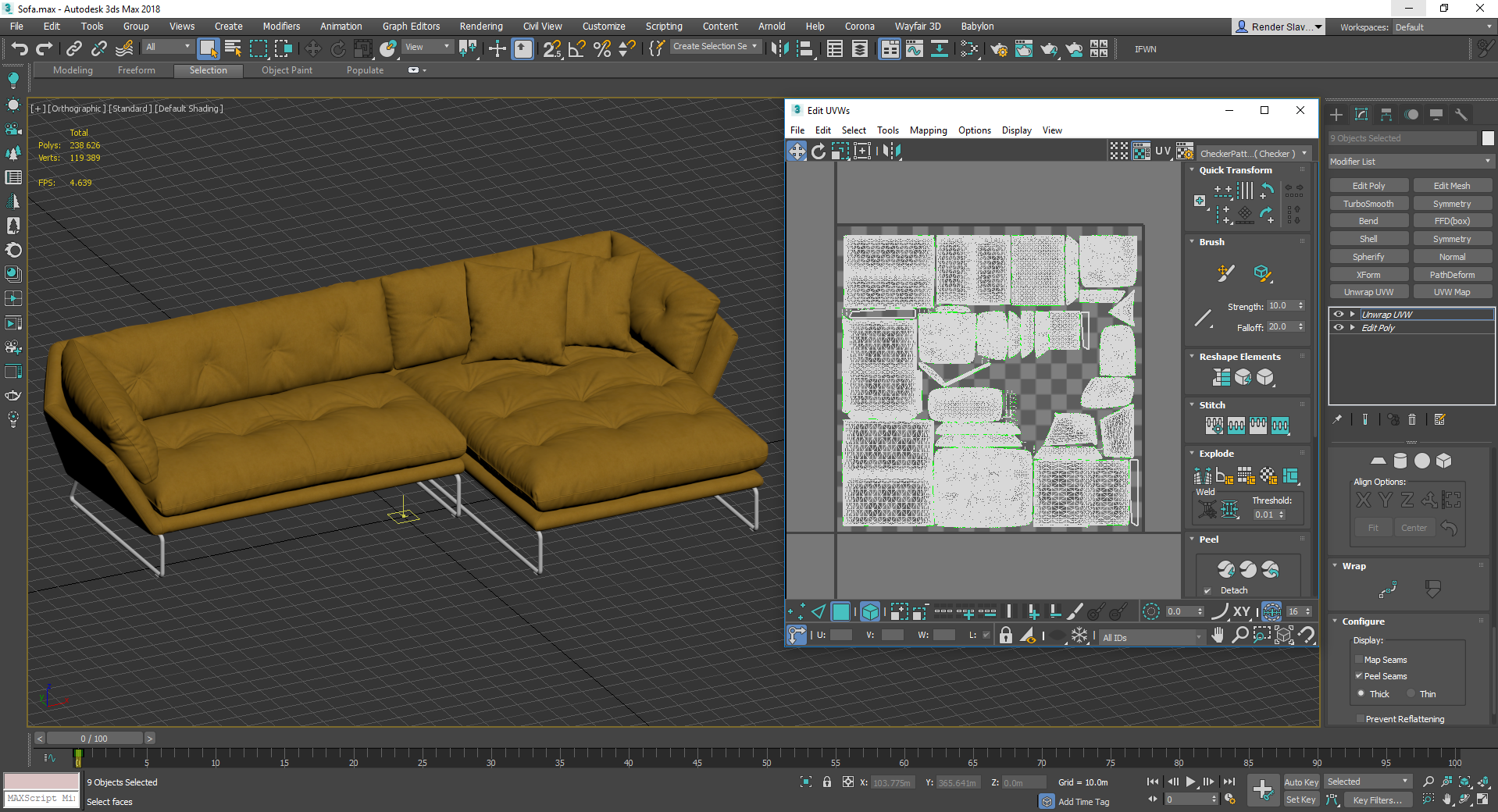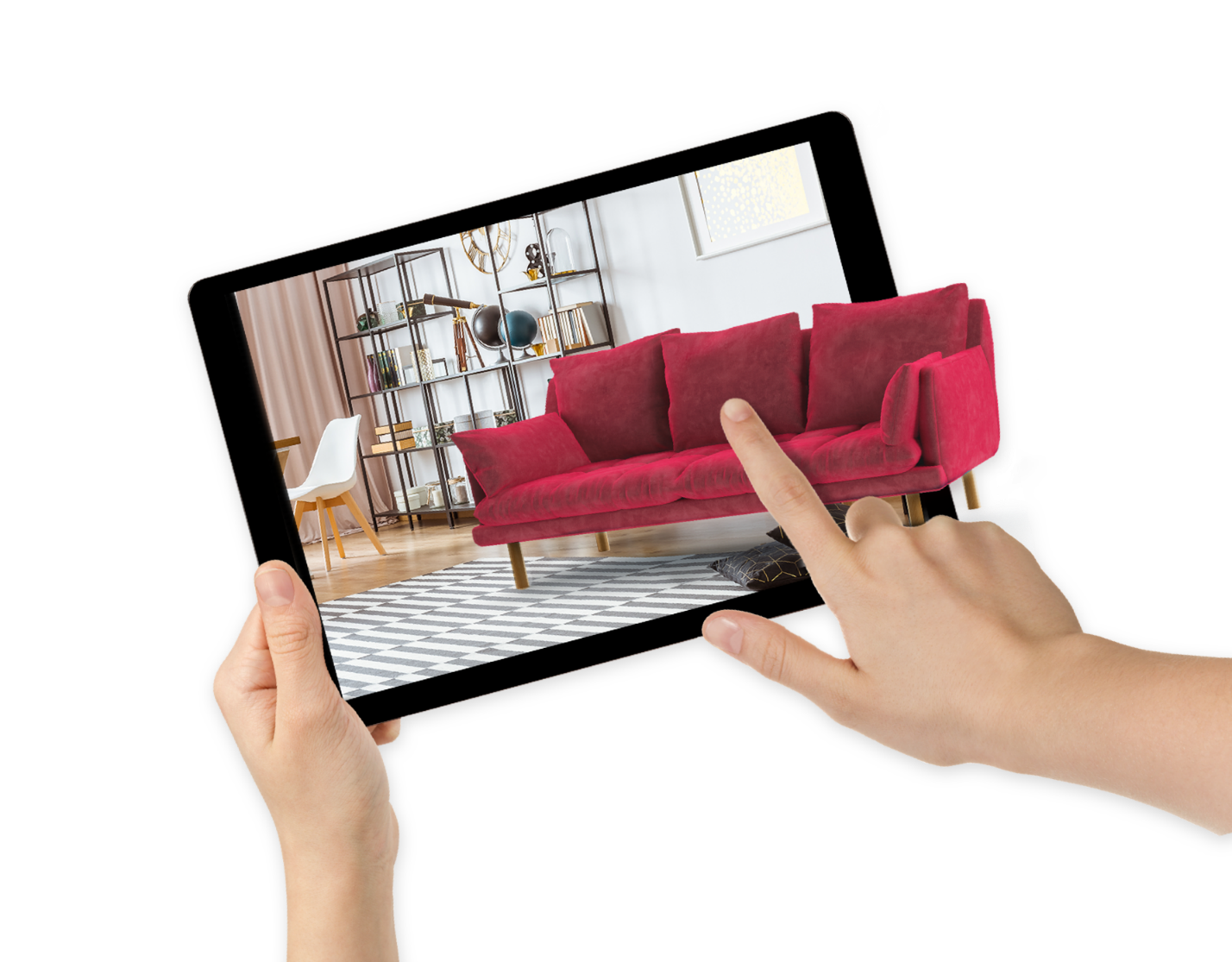What Is 3D Visualization?
3D visualization is a technology that helps create 3D content with computer-aided design (CAD) in a digital environment.
Not to be confused with 3D architectural visualization and industrial 3D prototypes, 3D eCommerce visualization means product rendering.
3D Visualization in eCommerce Context
At least, for the sake of clarity, we will focus on 3D visualization in the context of eCommerce.
In business, 3D visualization can do for your eCommerce store what computer generated imagery (CGI) can do for movies.
Converting physical products into 3D models so that buyers can experience the product while shopping online.
As you know, Augmented Reality is one of the fastest-growing trends in eCommerce in 2020.
But 3D visualization is what makes Augmented Reality possible.
Essentially, 3D visualization is the closest thing you can get to a digitized in-store experience to date.
And, it can provide a superior eCommerce experience, and that is what we intend to discuss in this article.
3D Artists Vs. Product Photographers
Visuals like product images do the heavy lifting in any eCommerce website.
They single-handedly push the needle towards the buying decision more than any other factor, including reviews, copy, and social shares.
But it is much more complicated than that.
Using the services of a product photographer, you can get stunning images for your products. Although it is pricey, unsustainable, and your competitors are doing it. But you bite the bullets because you must have the highest-quality images for your eCommerce store.
Plot twist alert: even virtual photography cannot compare to a 3D model of your product.
How 3D Visualization Works
Even more, 3D visual configuration provides a hyper-realistic interactive experience, which adds up to positive customer experience.
Why? Because buyers can see your product from different angles, in colors, and configurations.
3D models of your products also help customers to see them in Augmented Reality overlays.
They can experience your product “as if” they already purchased it.
With their mobile phones, they can visualize the product and how it would look and feel.
For example, they can see how a chair will look in their living room directly from their mobile phone.
They can wear a necklace and see how it will look on their neck.
In short, it is a digital in-store experience.
And, it is all done in seconds at a fraction of the cost of an expensive photo shoot.
Not to be confused with virtual reality, augmented reality enhances reality with overlays. It does not create a new “reality” as virtual reality does.
All it takes is a mobile phone. No additional apps, equipment, or VR sets required.
3D Visualization: Why Now?
3D eCommerce visualization is still relatively new. And you do not have to be an “early adopter” to see its enormous potential. You also do not need a fortune teller to tell you that 2020 is be the year of 3D content and Augmented Reality.
Clearly, the timing could not be more opportune to adopt 3D visualization for your eCommerce business.
- AR is becoming more native on mobile phones as Apple and Google support 3D content in their browsers. Today, Google shows 3D models in search results, which searchers can experience directly on their mobiles.
- More importantly, the technological infrastructure has become more available to sustain affordable 3D content.
All it takes is a couple of photos to create a full-blown 3D model of your products to be use for 3D eCommerce visualization.
Benefits of 3D Visualization for eCommerce
Noticeably, 3D visualization is the next logical step to eCommerce photography. 3D visualization can increase sales in direct and indirect ways. Here is how:
Decrease Return Rates
Rate of Return is one of the most overlooked yet feared metrics in eCommerce. But 3D visualization can help you control it by allowing buyers to see how they will experience the product in advance make them less likely to return it in the future.
Improve Customer Experience
Online shoppers, especially younger generations, expect online shopping stores to provide optimum experience. Providing them with as many options to browse your store will lead them to trust and respect your brand.
Increase SEO Ranking
As stated above, Google will show 3D models in search results. 3D content has a priority, and you can optimize them to show up on the first page of search results. Consequently, you will attract more traffic to your store.
Enhance In-store Experience
3D visualizations remove a lot of the guesswork for in-store customers. Triggering a buying decision can be as simple as scanning a product’s code to view it in their surroundings. It fills the imagination gap for them.
Decrease Cart Abandonment Rate
3D visualization helps customers take the buying decision right there and then. When a customer did not like how it looks, they will not buy. When they want it, they are more likely to purchase the spot. Both ways, it will help reduce cart abandonment rates.
Increase Brand Loyalty
Shoppers are more likely to buy products if they can experience it through Augmented Reality first. Compared to other stores that do not use 3D visualization and augmented reality, customers will find your store more trustworthy.
Is 3D Visualization Worth It?
3D content is new. It is understandable if it is hard for you to make the shift.
If you have not been experimenting with this type of new content, it may sound intimidating. And, you don’t want to invest in a “fad.”
On the bright side, 3D content is not a substantial investment. You can “sample” it. At least, it does not cost as much as other solutions – even if you have thousands of products in your catalog.
You can create, deploy, and manage your 3D content from your browser – without having a team of photographers.
Ultimately, 3D visualization is worth the investment because Augmented Reality will be a vital eCommerce strategy for a long time to come.

